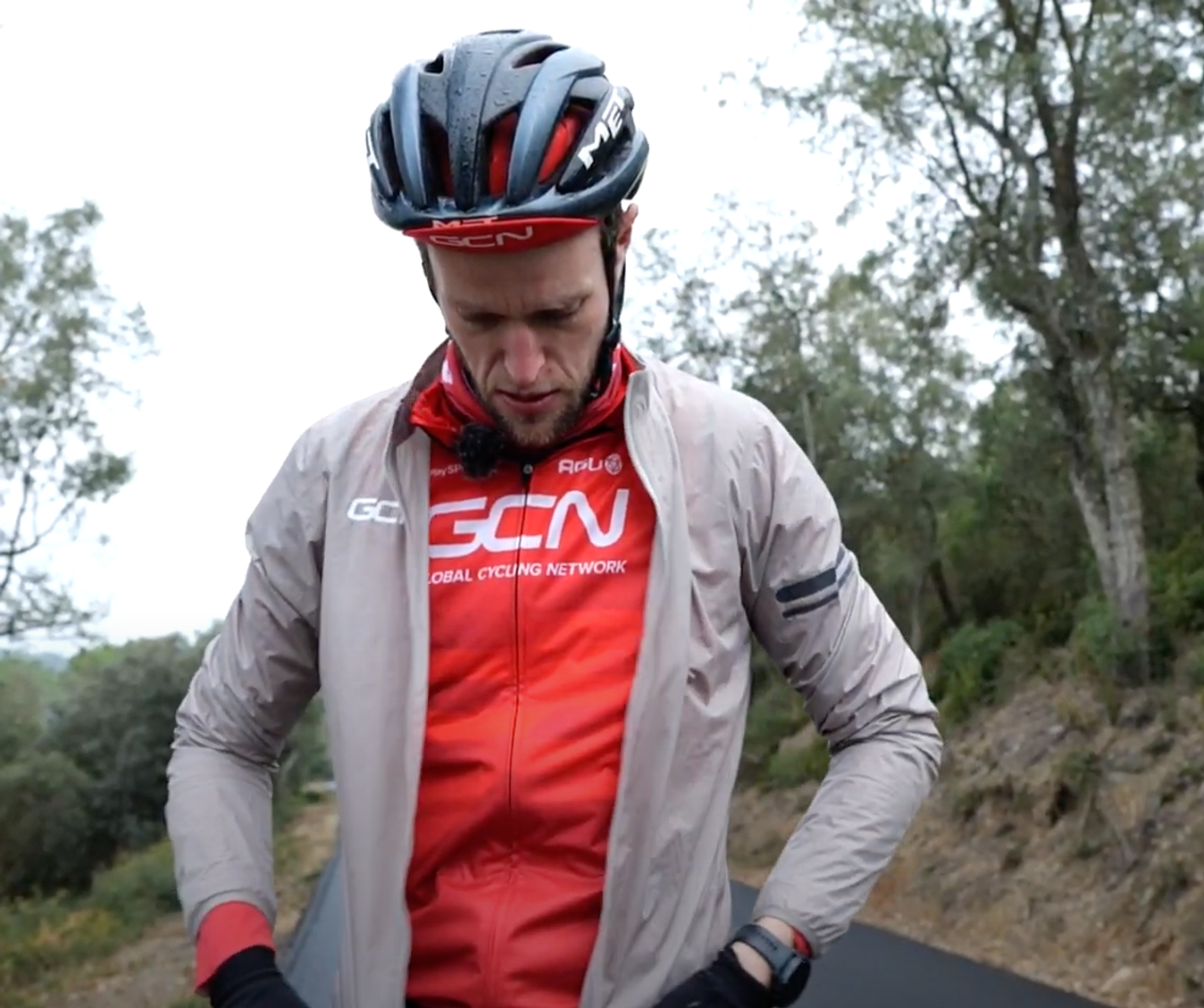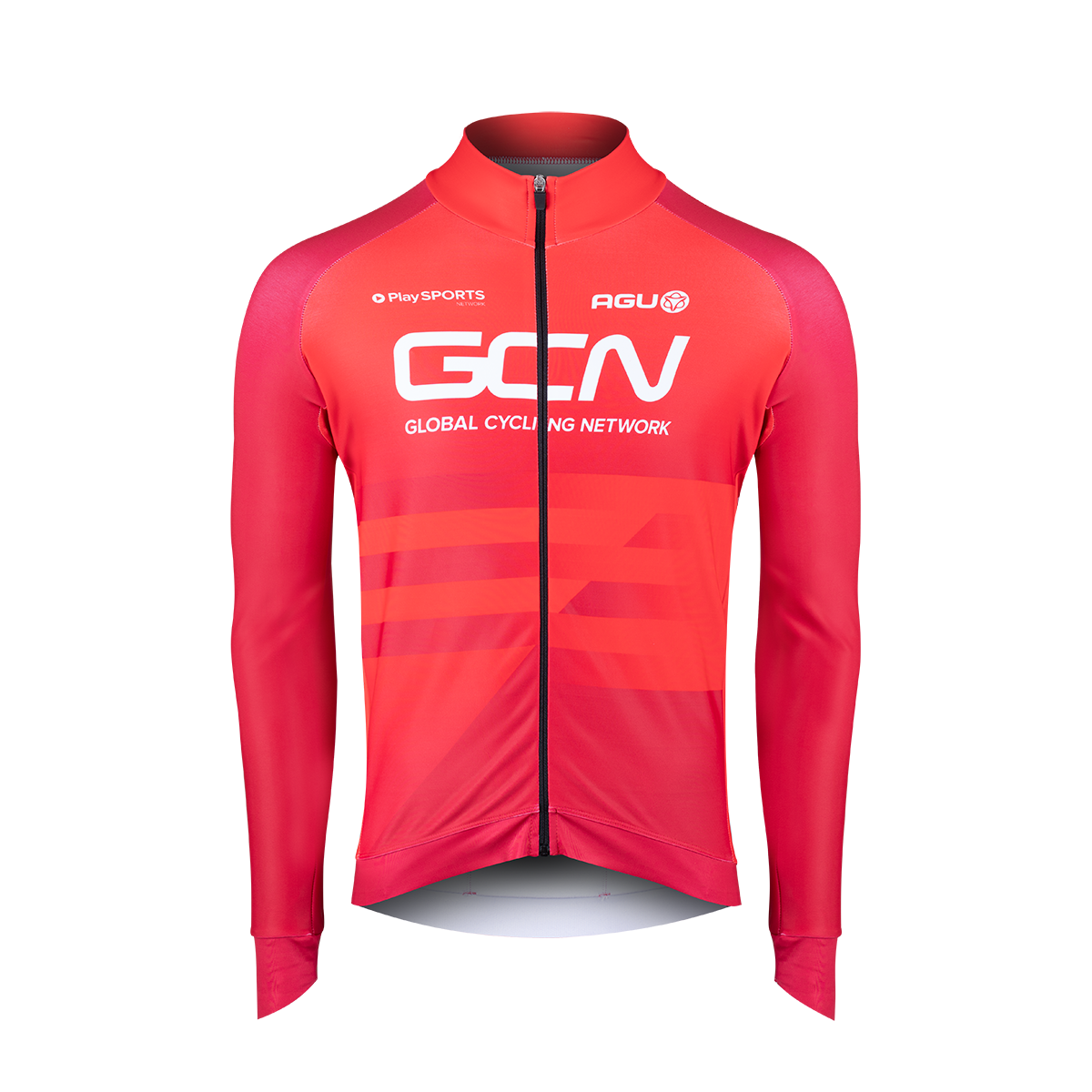How to pick the right clothing for cycling
You don’t want to be too hot or too cold when riding your bike but by making smart choices with cycling kit you can find that happy balance and make your next ride more comfortable
Danny Walter
Head of Editorial Production
Getting your clothing right for a ride can be tricky. Get it wrong and you could either end up shivering, struggling to get warm or you could get hot and sweaty too quickly, unable to cool off properly. So it’s important to briefly think about the ride you’re going on, the weather conditions you might be facing and then make the right choices around layering so you can adapt as your ride progresses. The more comfortable you are on your ride the easier it will feel and the more you will ultimately enjoy it.
The importance of clothing layers
Depending on the seasons and where you live, temperatures can fluctuate significantly during a ride so it’s important to wear different layers that can be added or removed quickly and easily to help you adapt to the conditions. Ideally you want lightweight options that can be easily packed away when not in use but that aren’t too difficult to put on if you need to do so quickly.

© GCN
Wearing multiple layers can help keep you warm, but can also be easily removed once you get too hot
We’ll get into some of the options that will help regulate your temperature but a good starting point is the use of leg and arm warmers. These can be easily added to or removed from your body depending on the situation. Remove them for climbs when you can tend to overheat and add them back on for long descents when you’re facing cooler winds, without the faff of changing jackets.
Read more: Why do we ride slower in the winter and can we do anything about it?
Use a base layer, even in warmer conditions
These are really important items of clothing that help regulate your body’s temperature. A base layer top should fit snugly against your skin. Ideally look for ones made from merino wool which is soft to the skin and naturally wicks away moisture from inside the garment to the outside. These can work well even in hot conditions as can also help keep your body cooler and dryer for longer, although opt for a lightweight version in the summer. They also have the added benefit of providing an additional UV barrier on those sunnier rides.

© GCN
A merino baselayer helps keep your core cool and moisture free on cold and hot rides
The snood or neck tube
This is a really versatile and generally cheap piece of kit. In its basic form it can help keep your neck warm but also prevent cold air from sneaking down your jacket. You can also bring it over your face for added protection and warmth, especially on cold descents or pull it completely over the top of your head, under your helmet. And when things get too warm it’s so small and lightweight you can just wrap it around your wrist or on the frame of your bike until you need it again.
Read more: The true cost of cycling: What gear should you buy to get started?

© GCN
The snood or neck tube is a really good way of keeping your head and neck warm
Keep your core warm with a sleeveless vest or gilet
One of the most important things to remember when regulating your body temperature is keeping your core warm and protected. A gilet will help block wind hitting this part of your body and is usually super lightweight and easily packable meaning it can be easily removed and stashed when not required. It’s the perfect bit of kit for using at the start of rides or more generally on colder days.

© GCN
A gilet is a good addition to the cyclist's kit as it keeps the core of the body warm
Breathability of your clothing is important
While you may want something to keep you insulated and warm in the colder conditions, your clothing still needs to be breathable to prevent excessive overheating. The one Conor’s wearing in this video features Polartec alpha fleece which helps continuously release excess body heat and moisture before it builds up and causes discomfort, while also providing insulation to keep cold air out. A hydrophobic jacket like this one also wicks away moisture, so helps regulate your body temperature as you ride at different levels of intensity.
Rain jacket for unexpected showers
It can be difficult to predict just when a rain shower might hit and if you’re not prepared that can leave you wet and cold for the rest of your ride. So a packable shower-proof jacket is a really vital bit of kit to have either tucked in a back pocket or even in an old water bottle.

© GCN
A rain jacket is really important for those unexpected showers. Look for a lightweight packable option
One golden rule here is to get it on as soon as the rain comes. You’re looking to keep your core and the rest of your clothing as dry as possible otherwise you’ll soon get cold. So as soon as it starts raining put it on to help stay warm and dry.
Consider your levels of intensity to influence your clothing choices
Before you set off on your ride it’s worth thinking about how hard you intend to ride and how long you expect to be out on the bike for. This should influence the type of layers you put on. If you’re expecting a shorter ride with high intensity sections then you’re likely to warm up rapidly and may not need as much clothing to stay warm. For longer more chilled rides, you’ll potentially need extra layers to help keep you warmer.
So with a few careful considerations and making smart clothing choices you shouldn’t need to ride in discomfort ever again. Let us know your layering tips in the comments below.











.webp?w=600&auto=format)
